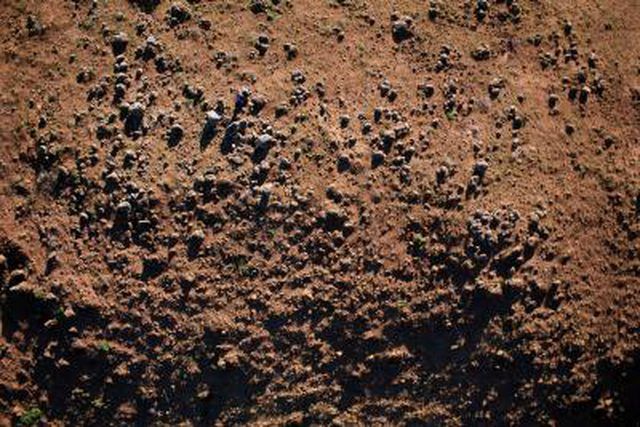Bulbs
Flower Basics
Flower Beds & Specialty Gardens
Flower Garden
Garden Furniture
Garden Gnomes
Garden Seeds
Garden Sheds
Garden Statues
Garden Tools & Supplies
Gardening Basics
Green & Organic
Groundcovers & Vines
Growing Annuals
Growing Basil
Growing Beans
Growing Berries
Growing Blueberries
Growing Cactus
Growing Corn
Growing Cotton
Growing Edibles
Growing Flowers
Growing Garlic
Growing Grapes
Growing Grass
Growing Herbs
Growing Jasmine
Growing Mint
Growing Mushrooms
Orchids
Growing Peanuts
Growing Perennials
Growing Plants
Growing Rosemary
Growing Roses
Growing Strawberries
Growing Sunflowers
Growing Thyme
Growing Tomatoes
Growing Tulips
Growing Vegetables
Herb Basics
Herb Garden
Indoor Growing
Landscaping Basics
Landscaping Patios
Landscaping Plants
Landscaping Shrubs
Landscaping Trees
Landscaping Walks & Pathways
Lawn Basics
Lawn Maintenance
Lawn Mowers
Lawn Ornaments
Lawn Planting
Lawn Tools
Outdoor Growing
Overall Landscape Planning
Pests, Weeds & Problems
Plant Basics
Rock Garden
Rose Garden
Shrubs
Soil
Specialty Gardens
Trees
Vegetable Garden
Yard Maintenance
How to Restore Potting Soil
How to Restore Potting Soil. If you transplant indoor or outdoor plants every year, throwing out that used potting soil and replacing it with fresh potting soil can be painful to the pocketbook, as good quality potting soil is expensive. If the plants grown in the potting soil are free of pests and disease, there's no reason why valuable potting...

If you transplant indoor or outdoor plants every year, throwing out that used potting soil and replacing it with fresh potting soil can be painful to the pocketbook, as good quality potting soil is expensive. If the plants grown in the potting soil are free of pests and disease, there's no reason why valuable potting mix can't be reused. Just replenish the potting soil by adding a few fresh ingredients.
Things You'll Need
Large wheelbarrow
Trowel
Perlite or vermiculite
Commercial compost or decomposed manure
Watertight container
Dump the old potting soil into a large wheelbarrow. Pick out any roots, and use a trowel or your hands to break up large clods.
Estimate the amount of potting soil in the wheelbarrow and divide it by four. Add that much perlite or vermiculite to the soil, and blend it well. Perlite or vermiculite will ensure that the soil is lightweight with good air circulation.
Add the same amount of commercial compost or decomposed manure. Avoid using your own homemade compost, which may still contain seeds and pests.
Place the restored potting mixture in a waterproof container, and use as desired.
Tips & Warnings
If you decide not to restore your old potting soil, don't let it go to waste. Toss old potting soil on the compost pile.